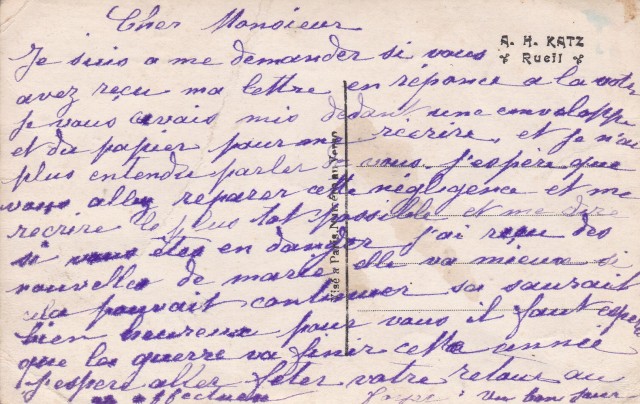– contributed by Kristie Zachar, Museums & Archives Studies student and CCHP Student Assistant.

We don’t think about them much, but bags play a pretty big role in the lives of Americans everywhere. We use them practically every day, and we use them for a number of different reasons, but you have to admit, they’re not something you would actively think about. While we could surely say plenty about bags, starting with what exactly is a bag and what do we use them for, a different question would be what exactly do they say about us? This year, the Institute for Human Science & Culture will be opening a new exhibit titled “Cultural Carry-On: America’s Literal Baggage” that manages to answer that question for us.


The exhibit has been put together by students of the Museums and Archives Certificate Program at the University of Akron as their final project for the Foundations of Museums and Archives II course (1900:302) which is held at the Institute. Students chose from the 12,000 bags and other bag-related items in the Lee L. Forman Bag Collection, picking items that they found interesting and later finding that the seemingly unconnected bags they had chosen helped to create a larger, multi-sided view of American culture.
The exhibit puts this view on display as it explores the various uses of bags as advertising, merchandise, memorabilia, and more, and how they reflect the different facets of American culture from food industries to music to politics and even to the evolution of bag manufacturing itself. The “Cultural Carry-On” exhibit dives deep to find the weird and fascinating stories behind these bags and their cultural connections in a creative and unique take on American culture that you won’t find anywhere else.

The students have been working hard in preparation for the exhibit’s opening in Spring 2020, but unfortunately, due to the current COVID-19 pandemic, plans for the exhibit have had to change, and it will no longer be opening May 7, 2020. The exhibit will still be opening at some point in the future when staff are able to return to the site, but as of now, there is no set date. Students are continuing to work and plan the exhibit remotely and are looking forward to sharing their work with the public as soon as they are able.
For additional information about the exhibit, watch for updates on the Cummings Center Facebook page.
For additional information about the Museums and Archives Studies Certificate program, please contact Dr. Jodi Kearns at jkearns@uakron.edu or visit https://uakron.edu/chp/education/museums-and-archivescertificate.dot.


















